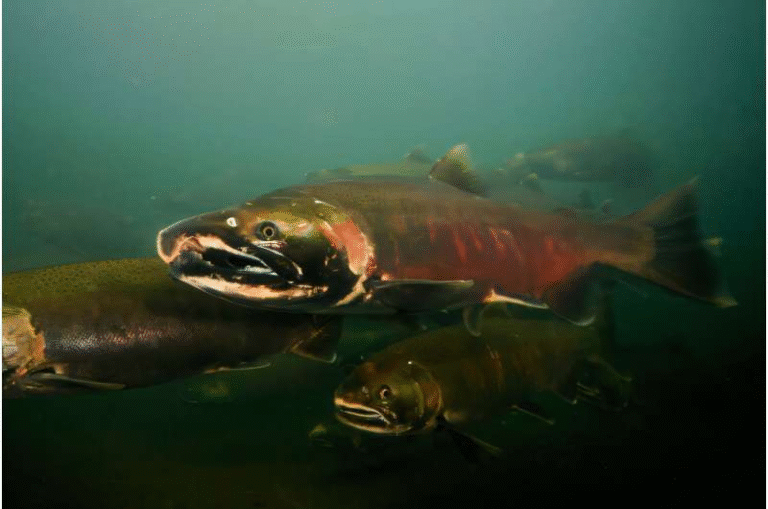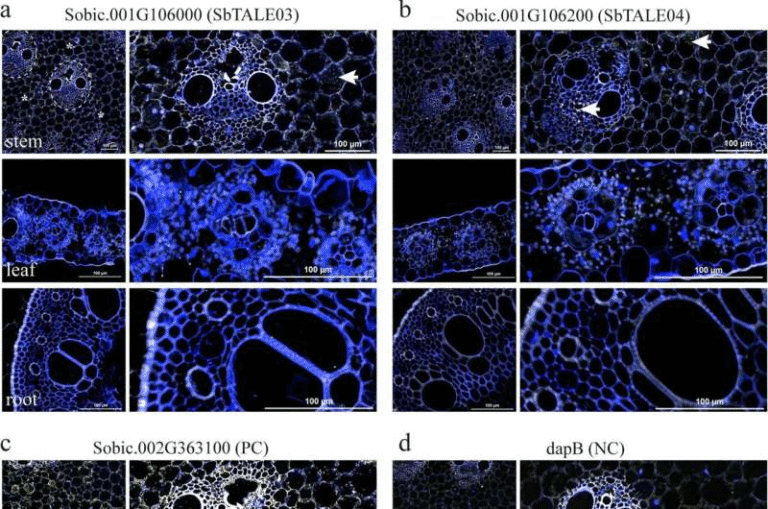Lignin Makes Herbicide Nanoparticles More Stable and Effective for Greener Farming

A new study by Brazilian researchers has found that lignin, a natural polymer responsible for giving plants their rigidity, can make herbicide nanoparticles more stable and effective. The discovery not only improves the performance of common herbicides like atrazine, but also points to a sustainable use for what’s often considered a waste material from the paper and pulp industry.
The research, published in the journal ACS Sustainable Chemistry & Engineering, was carried out by scientists from São Paulo State University (UNESP), the State University of Campinas (UNICAMP), and the Federal University of São Carlos (UFSCar). Their goal was to explore how different fractions of lignin could act as stabilizers for polymer-based nanoparticles carrying herbicides — specifically poly(ε-caprolactone) or PCL nanoparticles loaded with atrazine.
Understanding Lignin and Why It Matters
Lignin is one of the main components of plant cell walls, making up a large part of plant biomass. It gives plants their structural strength and protects them from pests and pathogens. Every year, tons of lignin are produced as a by-product of the pulp and paper industry, where it’s often burned as waste instead of being reused.
Because lignin is rich in aromatic and phenolic compounds, it has strong antioxidant and UV-absorbing properties. This makes it a potential ingredient for applications ranging from bioplastics to drug delivery systems. However, lignin’s chemical structure varies depending on its source and how it’s extracted, which makes it tricky to work with in industrial formulations.

Credit: ACS Sustainable Chemistry & Engineering

Credit: ACS Sustainable Chemistry & Engineering

Credit: ACS Sustainable Chemistry & Engineering
The research team saw this as both a challenge and an opportunity: if lignin’s variability could be understood and controlled, it might become a valuable raw material for eco-friendly agricultural products.
How the Researchers Used Lignin
The team obtained lignin from Eucalyptus urograndis, a fast-growing hardwood species widely cultivated in Brazil. They used a green chemistry process involving acetic acid as a solvent to fractionate the lignin — that is, to separate it into portions with different molecular weights, phenolic contents, and chemical structures.
These different lignin fractions were then used to create PCL nanoparticles loaded with atrazine, a herbicide commonly used to control weeds in crops like corn and sugarcane. By experimenting with the different lignin fractions, the scientists could observe how each one influenced the formation, stability, and efficiency of the resulting nanoparticles.
The nanoparticles underwent extensive physical, chemical, and thermal analyses, including studies on their size, structure, and behavior under heat and UV light. The goal was to find which type of lignin fraction made the nanoparticles perform best in terms of stability, photoprotection, and herbicide release.
What the Study Found
The results showed that not all lignin fractions are the same. Some fractions had more phenolic groups, while others had a higher molar mass or greater thermal stability. These differences significantly affected how well the nanoparticles performed.
In particular, certain lignin fractions acted as dual-function stabilizers. They not only protected the PCL nanoparticles from photodegradation (damage caused by sunlight and ultraviolet rays) but also enhanced the controlled release of atrazine. This dual function is a big step forward in developing more durable and efficient agricultural formulations.
The study found that formulations using specific lignin fractions improved stability and release efficiency of the herbicide. When tested against common weeds like black jack (Bidens pilosa L.) and green pigweed (Amaranthus viridis L.), these nanoparticles achieved effective weed control.
What makes this approach so important is its sustainability. Instead of relying on synthetic stabilizers derived from petroleum, the researchers used lignin — a renewable, plant-based resource. The process is environmentally friendly, uses mild solvents, and adds value to a material that would otherwise go to waste.
The Challenges Ahead
While the results are promising, the researchers acknowledged some challenges. Lignin’s structural variability means that its performance as a stabilizing agent can differ depending on the batch or source. For large-scale applications, it will be crucial to ensure consistency and reproducibility in how lignin is processed and used.
Another consideration is scaling up the nanoparticle production. The study demonstrates proof of concept in the lab, but to make this commercially viable, scientists will need to optimize the process for mass production and cost efficiency. Additionally, environmental impact assessments will be necessary to ensure that lignin-based nanoparticles do not pose risks to soil health, water quality, or non-target organisms.
Still, this research provides a solid foundation for eco-friendly agrochemical innovation. The use of lignin as a stabilizer in nanotechnology-based herbicides could help reduce the overall amount of herbicide needed, minimize runoff losses, and improve crop protection efficiency.
Why This Discovery Matters for Sustainable Agriculture
Modern agriculture faces the challenge of balancing productivity with environmental responsibility. Conventional herbicides often have problems such as rapid degradation under sunlight, uneven dispersion, and high environmental persistence. By incorporating lignin, researchers have found a way to improve the stability and performance of herbicides while using a renewable natural material.
In this study, the PCL nanoparticles served as carriers for atrazine, allowing it to be released slowly and steadily over time. This controlled release can potentially reduce the frequency of herbicide applications and limit the exposure of non-target plants and animals.
Moreover, because lignin absorbs UV light, it shields the herbicide molecules from breaking down too quickly. This means that more of the active ingredient remains effective in the field for longer periods, making weed control more efficient.
This innovation fits perfectly into the growing global movement toward bioeconomy and circular agriculture, where agricultural by-products are reused to create new, valuable materials. Instead of treating lignin as industrial waste, it can now become a functional component in advanced agricultural solutions.
The Broader Scientific Impact
This study also highlights how interdisciplinary collaboration — combining materials science, chemistry, and agronomy — can produce meaningful advances. It’s an example of how nanotechnology is transforming traditional agricultural practices. By designing nanoparticles that deliver active ingredients more precisely and safely, scientists are paving the way for smarter and greener crop protection systems.
The work of the UNESP, UNICAMP, and UFSCar team shows that lignin isn’t just a complex residue from the paper industry. When properly fractionated and characterized, it becomes a customizable biomaterial with distinct chemical features suitable for a range of applications — from biodegradable plastics to nanoparticle stabilizers.
As agriculture continues to look for sustainable pest management tools, studies like this demonstrate that the answers might already exist in nature itself. Turning plant waste into high-tech solutions could reshape how we think about both waste management and chemical efficiency in farming.
Final Thoughts
This research not only enhances the performance of a widely used herbicide but also opens doors to a new generation of green agricultural technologies. By turning lignin into a useful stabilizer for herbicide nanoparticles, scientists have shown that sustainable chemistry can directly address global challenges in food production and environmental protection.
The next step will be taking this concept beyond the laboratory — testing it across different crops, climates, and soil conditions — and ensuring it can be scaled up safely and economically. If successful, lignin-based nanocarriers might soon become a staple in eco-friendly farming practices worldwide.
Research Reference: Lignin as a Dual-Function Stabilizer for Protecting PCL Nanoparticles from Photodegradation and Enhancing Atrazine Delivery – ACS Sustainable Chemistry & Engineering (2025)





